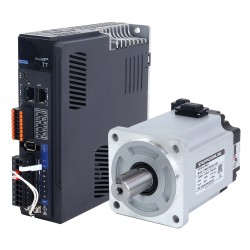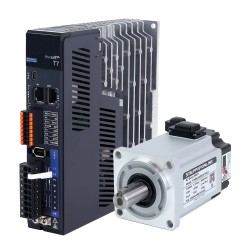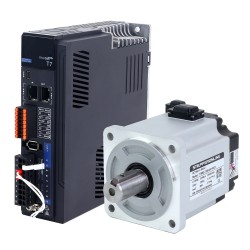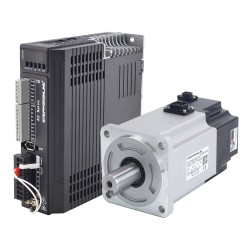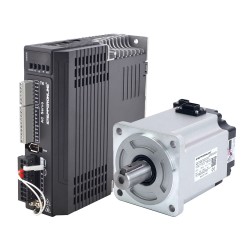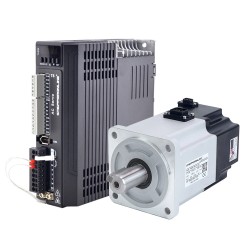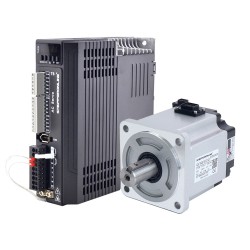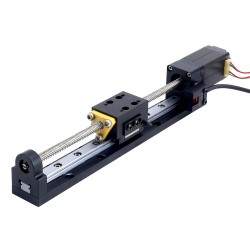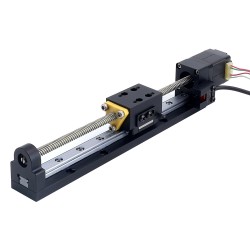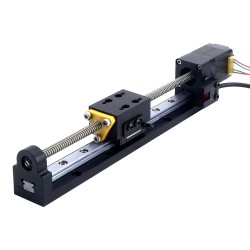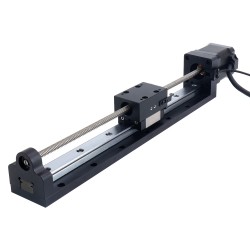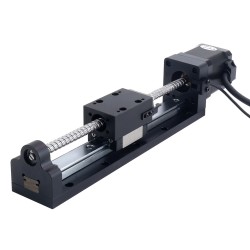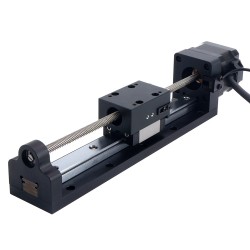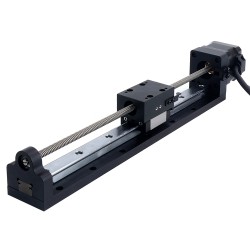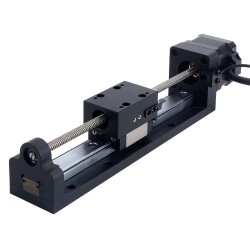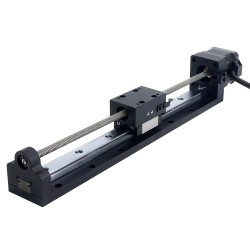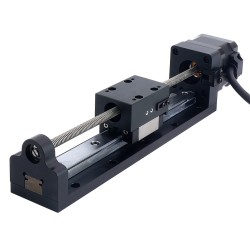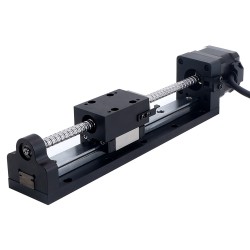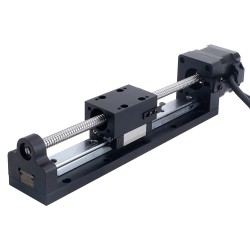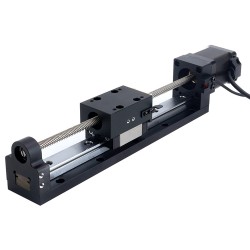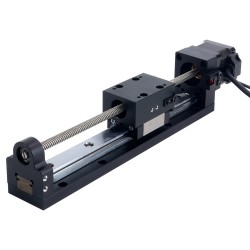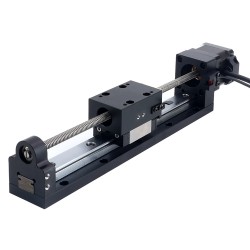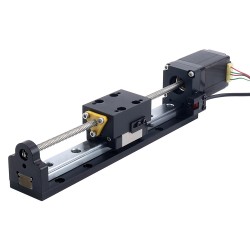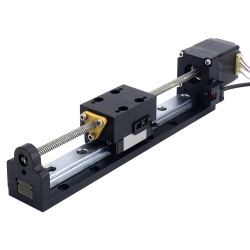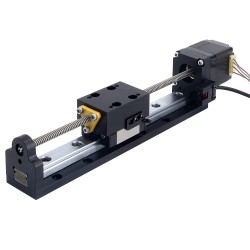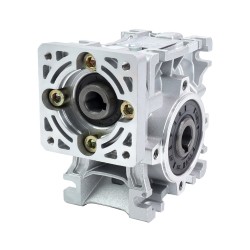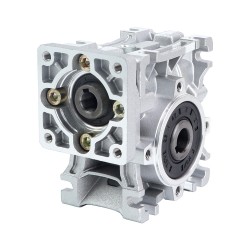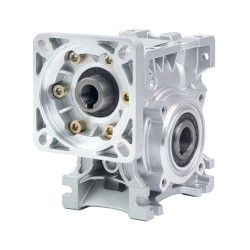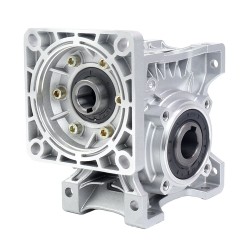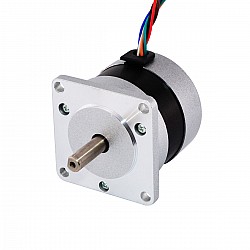
What is a Permanent Magnet Stepper Motor?
Permanent magnet stepper motors (PM) are rotated by a magnetic rotor core through interacting with a pulsed electromagnetic field generated by the stator.
Permanent magnet step motors are generally two-phase, with small torque and volume, and the stepping angle is generally 7.5 degrees or 15 degrees. The motor has two parts: the rotor and the stator. When the stator is a coil, the rotor is a permanent magnet; or the stator is a permanent magnet, and the rotor is a coil.

How does a PM stepper motor work?
When the rotor of the motor is a permanent magnet and the current flows through the stator winding, the stator winding will generate a vector magnetic field. The magnetic field will drive the rotor to rotate by an angle, so that the direction of a pair of magnetic fields of the rotor is consistent with the direction of the magnetic field of the stator. When the stator’s magnetic field of rotates by an angle, the rotor will also rotates an angle. Each time an electrical pulse is input, the motor rotates an angle and moves forward one step. The angular displacement it outputs is proportional to the number of input pulses, and the rotational speed is proportional to the pulse frequency. If you change the coil electrifying sequence, the motor will reverse.
Therefore, the rotation of the stepper motor can be controlled by controlling the number of pulses, frequency and power-on sequence of each phase winding of the motor.
Applications of PM Stepper Motors
Permanent magnet stepping motor has the characteristics of simple structure, low noise, adjustable speed, etc.
It is widely used in bank terminals, telecommunication equipment, printers, copiers, fax machines, scanners, textile machinery, medical treatment, automatic control, building automatic control valves, etc. Besides, it is also applied in stage lighting, monitoring systems, electric advertising, electric curtains, scientific and educational equipment, air conditioning and other fields.






















































